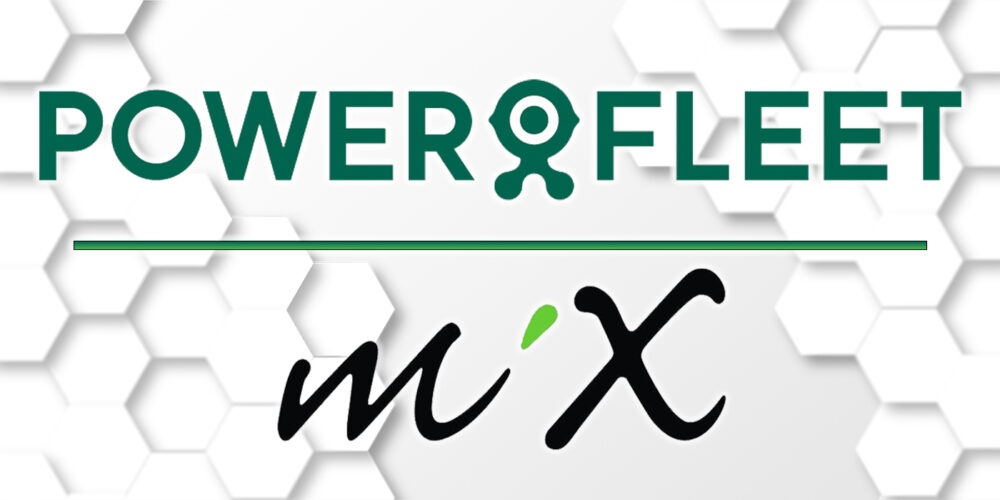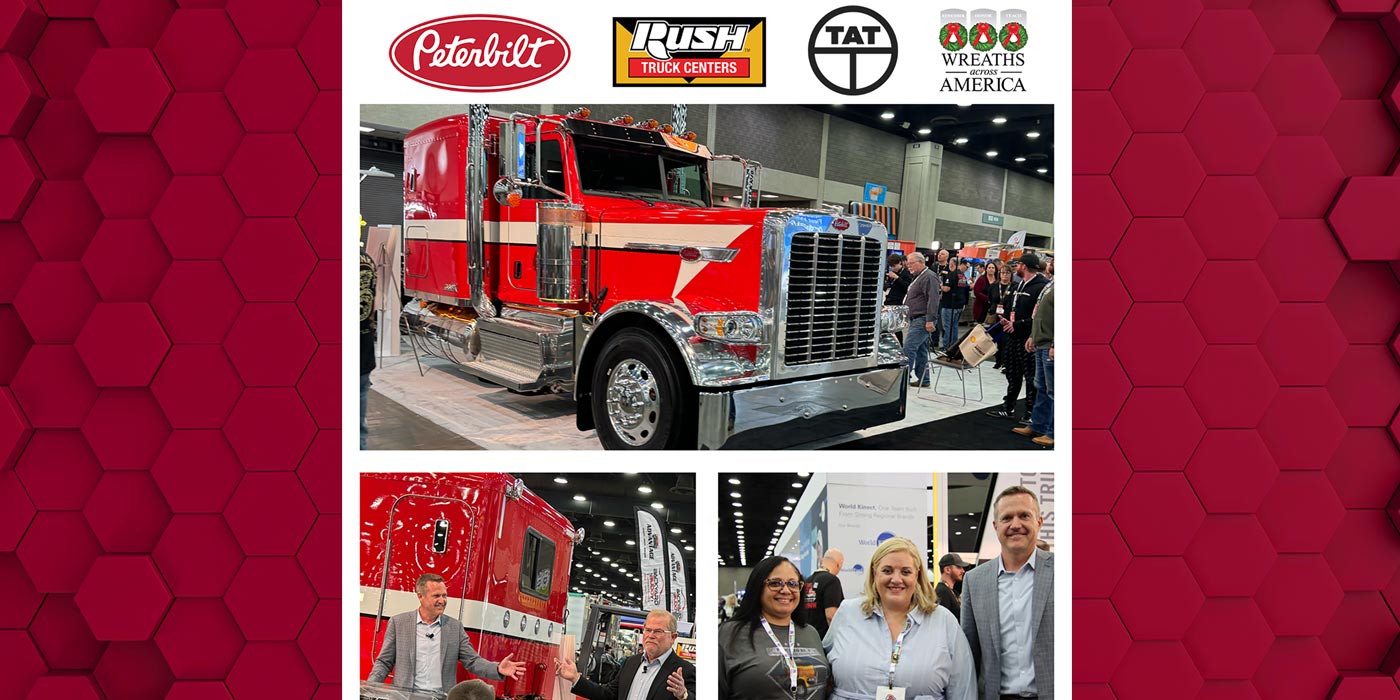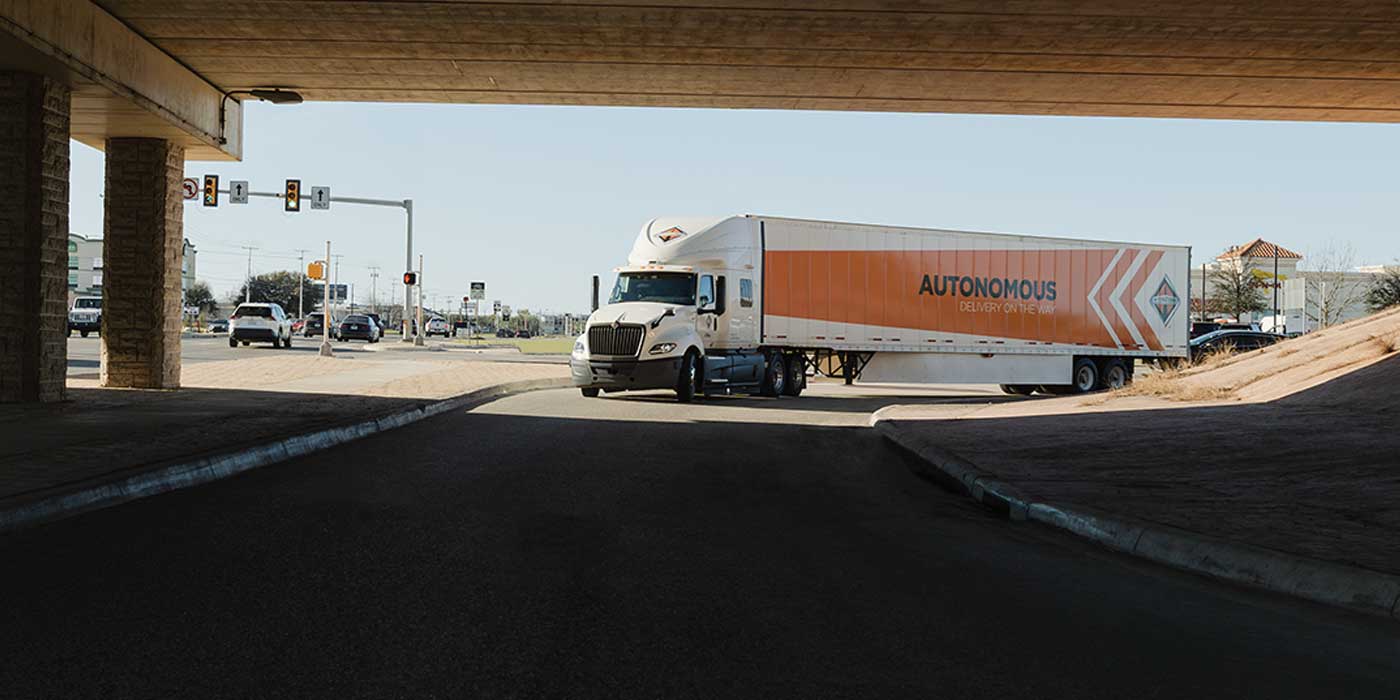Today’s trucking industry moves at a rapid pace, bringing new technology, new spec’ing options and new data points to delve into. That means more strain on your maintenance service operations. While some fleets prefer to keep service in-house, many fleets need a helping maintenance hand. Equipment complexity, difficulty diagnosing issues and a shortage of technicians all contribute to the need for an outsourced service solution.
“Engine diagnostics present the most challenging area in our current maintenance environment,” explained John Davis, principal fleet maintenance consultant for Dossier Systems. “These can change from year model to year model and can require extensive training and expensive diagnostic tools. Keeping up with these changes is a never-ending task. Reaching out to these front line OEMs allow the most current procedures to be performed in a timely manner, rather than going through the learning curve in our own shop.”
Additionally, Davis pointed to tire and warranty repairs taxing fleets that are already stretched thin in terms of service. “Unless your shop is a certified warranty provider,” he said, “you are potentially wasting warranty recovery money by not utilizing an outside service provider, preferably the OEM.”
Regardless of your maintenance approach, there are service opportunities, today, that allow you to supplement your operations. There’s no one-size-fits-all approach.
“We see everything from preventative maintenance outsourcing to contract maintenance to on-demand repairs to full outsourcing of all maintenance including shop take-overs. We also see more and more fleets moving to more and more outsourced services,” said Michael Riemer, vice president of product and channel marketing for Decisiv Inc. “Breakdowns have been the most likely and common form of outsourcing but that has mainly focused on over-the-road [OTR] where access to a local shop is more difficult.”
Jon Dietzler, area operations manager for PacLease, shared that same view.
“In some cases, we have customers with a large ‘home base’ operation—where it might make sense for them to continue on with in-house maintenance—especially if their shop is well established, and their technicians are well trained,” he said. “Often they’ll have remote or smaller locations where it really doesn’t make sense for them to service their own vehicles—economy of scale don’t work out. In those cases, they’ll work with PacLease to support their maintenance needs and keep costs in check.”
While there’s no uniform approach to finding what outsourced services—be it over-the-road emergency services or tire-focused management solutions—there is are standard expectations that every outsourced service provider should strive to achieve. Riemer outlined the top five:
1) Service consistency: A clear and repeatable process that both parties agree to should be in place, including communication standard, approval process, etc.
2) Transparency and accountability: This includes time- and date-stamped activities emails, updates, etc. by user name, including electronic approval of estimates (especially when estimate change during the work process).
3) Real-time visibility and updates: Emails, text messages and application updates based on user preferences should be utilized; you should not have to pick up the phone for timely and regular updates.
4) Estimate/invoice integrity: Every work order should not end in an argument; if the process above is followed this should not be an issue. The information should also be easily sent back to fleet back office systems, including VMRS coding, to avoid manual re-keying errors and delays.
5) Quality reporting data: Outsources should be as much providers of quality information (VMRS coding, Downtime, PM Currency, etc.) as they are repairs. With good quality data, comes many benefits—improved decision making, lower costs, etc.
Leveraging telematics & technology
When talking about how connectivity, telematics and remote diagnostics have impacted the flow of truck maintenance services, Jorge Medina, director of marketing for Peterbilt Motors Co., said, “Telematics has been the biggest game changer. Remote diagnostic technology is changing the way customers manage their fleets and it will continue to evolve with greater functionality and the integration of more vehicle systems. Peterbilt embraces connected truck technology today—it is standard and factory-installed on every heavy-duty truck we produce.”
As OEMs continue to support their telematics offerings, they also serve as the gatekeepers of proprietary data such as fault codes.
“Remote diagnostics is a great method with which to identify a problem while the vehicle is perhaps hundreds of miles away, by notifying the shop before any major issues arise,” Dossier Systems’ Davis said. “Conceptually, telematics and remote diagnostics work well, but the learning curve for translating fault codes can be daunting. Each model year requires new training and some OEMs use different codes. OEMs are normally more aware of the latest meaning behind some of the diagnostic codes and the corresponding parts and repairs needed. As telematics mature with better messaging, more fleets are starting to use this to perform in-house maintenance predicated on a history of stored event codes.”
The telematics provider’s ability to integrate with an OEM’s system largely depends on how much information the OEM makes available.
“For OEMs that work with Decisiv—Mack, Volvo, Hino and more to come,” Riemer said, “fleets get access to this information along with a complete end-to-end communication capability to minimize the need for phone calls and maximize the efficiency of service events internally and externally.”
In the case of Dossier Systems’ On-Board, the system can integrate with a number of telematics providers to access maintenance-relevant data from the provider and automatically update Dossier functions. For example, meter-reading data updates the unit’s current state and drives Dossier’s Preventive Maintenance scheduling, without counting on a manual meter update. The integration also allows Dossier users to have immediate visibility of maintenance problems, giving the fleet the opportunity for corrective action without progressive damage. The Dossier Work Pending (work request) can be converted to an external work authorization for an OEM or third-party provider with a single click.
Fleets want to “push the limits of all areas based on statistical analysis of component wear rates, oil and fluid analysis, and industry best practices,” according to Matthew Krump, Navistar’s manager of CSO marketing and service deployment. “Telematics and remote diagnostics allow them to be aware of developing issues and address them before they escalate into severe problems that require extensive repairs or may require multiple visits to a service facility to remedy.”
Krump pointed to Navistar’s OnCommand Connection, which allows managers to export the current health of their fleet into an Excel sheet at any time, as well as set up regularly scheduled Excel extracts to be sent to them for direct import into a business system or other data analytics tools.
Medina mentioned that Peterbilt’s SmartLinq is a flexible system and uses PeopleNet technologies. Peterbilt, its dealers and PeopleNet are available to work with customers on an individual basis to help integrate SmartLINQ with existing platforms.
“Fleet managers have 24/7, real-time access to their fleet health and they and others within their company can receive alerts when diagnostic codes are triggered, customized in a way that is most convenient for them,” Medina explained. “Additionally, the accuracy of the diagnostic information and suggested solutions are very precise, helping fleets make informed decisions on whether a unit can complete its route or if it needs to be serviced immediately. It helps them optimize their in-house resources to anticipate trucks that may require special attention when they return.”
In the case of PacLease, its PacTrac telematics system is partnered with Kenworth’s TruckTech+ or Peterbilt’s SmartLinq to not only accelerate decision making and communication to the driver by the fleet manager, but also provide the fleet manager with communicating the proper next step(s) if the needed repair is not an immediate one. Kenworth’s TruckTech+ and Peterbilt’s SmartLinq provide this instant fault code notification, in plain language, explaining the problem and the proposed course of action. The service manager can then judge by the severity of the issue to either immediately route the driver to a service center or wait and have the repair made at the end of the driver’s day.
“An example of this would be when a tractor’s DEF level is low and triggers the fault code,” PacLease’s Dietzler explained. “This fault code gets relayed to the service manager who can then find the current location of the tractor and the closest service location, to then route the driver through that location to have the DEF tank filled up while keeping them on the optimized delivery route.”
Dietzler went on to explain that the benefits of integrated telematics go beyond remote diagnostics; PacTrac, for example, can also help fleets benchmark operational costs.
“This will assist a fleet manager in where and when the move to an outsourced solution should take place,” he said. “If the decision to outsource is made, a company no longer has to spend capital on parts, tools, technicians and training. The company can then invest more and focus more on its core business while partnering with an industry leader to manage the maintenance.”
Harnessing the power of telematics technology is one thing, deploying it across your fleet is quite another.
“There are three main factors that happen when new technology solutions are deployed, whether it’s a maintenance-focused solution or a fuel savings or operational solution,” said Deryk Powell, president of Velociti Inc., which offers a customizable, subscription-based offering that incorporates all the phases of a technology deployment, from project planning to post-installation repairs for the lifecycle of the solution. “The first is the belief that technology is a ‘set it and forget it’ solution that is always going to work; the second is a lack of understanding that there is a special skill set and expertise required for these systems; and third is not having enough inventory to do repairs.”
With Deployment as a Service, Velociti offers an extended warranty and guaranteed time frames for completion of installations and repairs. Fleets using the service also have real-time visibility into every aspect of the program via Velociti’s project management portal, Velogic.
Like any equipment or technology, it’s up to the fleet to find a solution that best fits its trucks’ application and duty cycles. Whether it’s an outsourced maintenance solution or a telematics provider who can help you streamline your existing service workflow, fleet managers need to work closely with their suppliers and service providers to ensure they’re getting the most out of their chosen path.
“There are no magic wands in this business, only training and staying trained,” Dossier Systems’ Davis concluded. “Outsourcing is a balance between cost, expertise, timeliness and results. Communication between telematics, remote diagnostics, and your fleet management software is essential for defect reporting, diagnostic solutions, and key for future improvements. Integration is the best way to harness all the opportunities that are available.”














